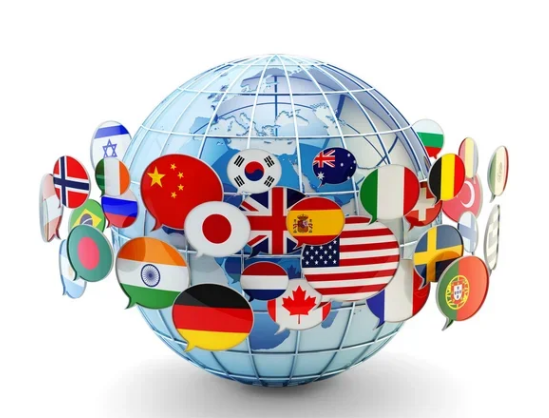
In a rapidly shifting economic landscape, global free trade is once again at the center of international debate. As governments respond to growing domestic pressures and disruptive technologies like artificial intelligence (AI), the future of open markets hangs in the balance.
At the G20 summit held this week in São Paulo, leaders from the world’s largest economies discussed mounting concerns over rising protectionist policies. Since 2023, several major economies, including the United States, India, and parts of the European Union, have introduced new tariffs and trade barriers in response to fears about job losses, AI-driven automation, and supply chain vulnerabilities.
“We must find a way to protect our workers without retreating into economic isolation,” said French President Élodie Marchand. “Free trade should adapt, not disappear.”
The World Trade Organization (WTO) warned in its latest report that global trade growth could slow to just 1.2% this year—well below the pre-pandemic average. The organization emphasized the importance of renewing multilateral agreements to avoid fragmentation into regional blocs.
On the other hand, some regions are pushing for deeper trade ties. The newly launched Trans-Pacific Digital Trade Agreement (TPDTA), led by Singapore, Chile, and New Zealand, aims to set standards for cross-border e-commerce, AI ethics, and data flows—issues largely ignored in older trade pacts.
«Free trade must now be digital, sustainable, and inclusive,» said Singapore’s Minister of Trade, Lian Tan, during the summit. «We cannot solve tomorrow’s challenges with yesterday’s tools.»
As the world grapples with the dual forces of technological transformation and political fragmentation, the path ahead for free trade remains uncertain. What is clear, however, is that the conversation is far from over—and its outcomes will shape the global economy for years to come.


